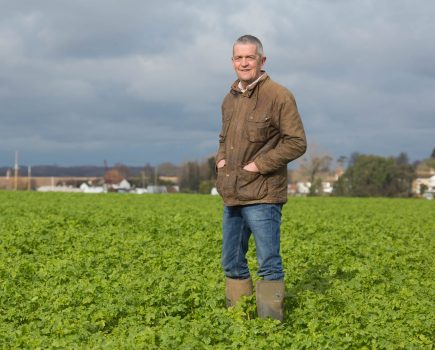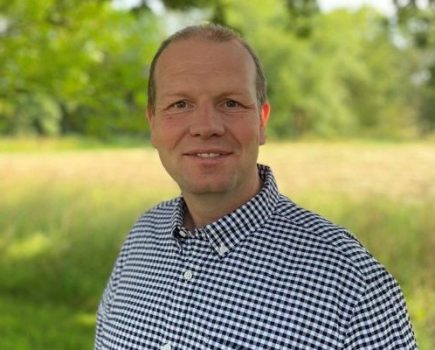Writing technical articles for CPM always stirs the grey matter, but this month’s issue has really got me thinking. We concentrate on two issues that are a headache – blackgrass in cereals and light leaf spot in OSR. Both are well researched and have been for decades. We have all the answers to control the grassweed problem but, at a farm level, struggle to implement them. Whereas on the other hand, the LLS pathogen is still revealing secrets about how it behaves in the field and clearly, we haven’t got control strategies right yet.
It will be interesting to see the finding of the work going on into races of the LLS pathogen at the University of Herts when it’s published. It seems more than possible that a disease that cycles repeatedly in a crop that has multiple fungicides applied, predominantly from one group of chemistry, may well be evolving into races of different pathogenicity. We’ve seen it happen in yellow rust. Could this be the true reason that the disease has spread to parts of the UK previously unaffected?
We have a problem with our OSR fungicide chemistry – we need some alternatives to azoles and have precious few to ring the changes. The withdrawal of Refinzar next year is an added blow on this front, especially as it currently provides a useful autumn alternative MOA. But putting the issue of available chemistry aside, we need to know when best to apply fungicide to target LLS and that means understanding the relationship of the disease and canopy development. Does early infection really matter because lower leaves die over the winter? Or is it the opposite in a crop with a canopy that’s difficult to penetrate when fungicides are applied in the spring?
Blackgrass is an altogether different story – it can be conquered but winning the battle requires a great deal of commitment and attention to detail. That means every member of the farm’s team needs to be on board. The ploughman, the drill man, the sprayer operator – they’re the guys that will make the difference. Will they stop to clean off any mud sticking to the plough’s mould boards because they understand the implications on blackgrass levels for the next season? How about adjusting tyre-pressures to minimise any wheel slip on the drill? It’s these tiny details that really matter. But there is help available out there. For example, tyre manufacturers will send out a technical rep if asked to help with tyre pressure settings to minimise soil disturbance – it involves just a phone call.
Stephen Moss’ ‘5 strategies for 5 years’ is the ideal blueprint to sit down with and work out a plan to beat blackgrass and then involve every member of the team so it’s a combined effort. Without this level of involvement, the pressure to ‘get on’ may just make your blackgrass strategy a plan on paper.
Messages on blackgrass control are often slightly confusing as companies seek some commercial advantage in delivering them. A ‘one voice’ approach on blackgrass is long overdue, which is why CPM is backing ‘5 for 5’ wholeheartedly. After all, who could be better placed than the man whose life-work has been researching the weed, to put together a strategy to beat blackgrass based on years of research.
In our series ‘5 for 5’, we seek to bring together everyone with an interest in the weed, researchers and manufacturers alike, and bring forward the ‘best of the best’ from their combined knowledge in a non-commercial way – unifying the messages on how to knock blackgrass into touch. All the ingredients are there, it’s just a question of putting the right ones together!
Nuffield scholar, Richard Hinchliffe has recently had his report, ‘Herbicide resistant weeds: investigating a sustainable approach for arable farming’, published and it’s well worth a read. Interestingly one of his recommendations states, “Industry recommendations for dealing with herbicide resistance needs to come from ‘one voice’, similar to the Weedsmart initiative in Australia, with funding from growers’ AHDB Cereal & Oilseeds levy and the agrochemical industry. This approach would reduce confusion among farmers and avoid mixed messages.” I couldn’t agree more.
Based in Ludlow, Shrops, CPM technical editor Lucy de la Pasture has worked as an agronomist. @Lucy_delaP




